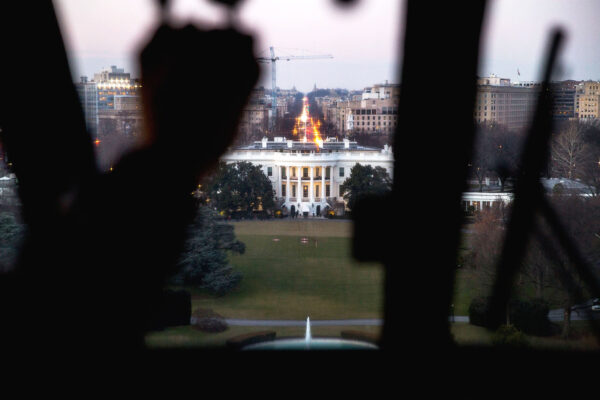
The “invisible primary” in America’s Democratic Party is underway.
In this phase — between the most recent congressional elections and the first official announcements — presidential hopefuls quietly court donors, party bosses, friendly journalists and affiliated interest groups.
Here are some of the latest developments:
- Julián Castro, former housing secretary under Barack Obama, has formed an exploratory committee to run for president.
- Kamala Harris has said she will make her decision over the holidays. She currently looks like the strongest contender to me, not in the least because her home state of California has moved up its primary to March 2020 and will use early voting.
- Michael Avenatti, the celebrity lawyer, and Deval Patrick, the former governor of Massachusetts, have decided against running.
- Elizabeth Warren has been urged by The Boston Globe in her home state of Massachusetts not to run: “While Warren is an effective and impactful senator with an important voice nationally, she has become a divisive figure. A unifying voice is what the country needs now after the polarizing politics of Donald Trump.”
- Joe Biden has been urged not to run by New York Times columnist Frank Bruni, who argues it is time for a new generation of Democrats. Party leaders in Iowa, the first state to vote in 2020, agree.
- Beto O’Rourke, who came close to unseating Ted Cruz in Texas last month, is dividing progressives. Some are excited about what they see as the second coming of Obama. Others fear he would be just that: another liberal incrementalist. Elizabeth Bruenig: “I think the times both call for and allow for a left-populist candidate with uncompromising progressive principles.” Jacobin: “We don’t need another photogenic media star with run-of-the-mill liberal politics running for president.”
How invisible?
Just how invisible is the invisible primary anymore? David Siders argues in Politico that three changes have made the process more public:
- New rules have stripped Democratic Party leaders of much of their power in selecting a nominee. (Rules I believe are foolish.)
- Small-dollar fundraising has tilted the presidential landscape toward more public maneuvers designed to build massive lists of supporters online.
- Progressive populism prioritizes high-profile appeals and personal brand-building over the behind-the-scenes pursuits of party elites.
At the same time, candidates continue to:
- Schedule private meetings with members of the Democratic National Committee and major donors;
- Court members of Congress, state party leaders, labor officials and other influential Democrats; and
- Dial donors in Chicago, Los Angeles, New York and San Francisco.
The more things change…
Donald Trump disproved the traditional theory of how parties select their presidential nominees in 2016, but let’s not over-learn that lesson and assume everything is different now.
More is happening out in the open — which is great for political junkies like us — but presidential hopefuls are still taking many of the same steps they would have in the past.
